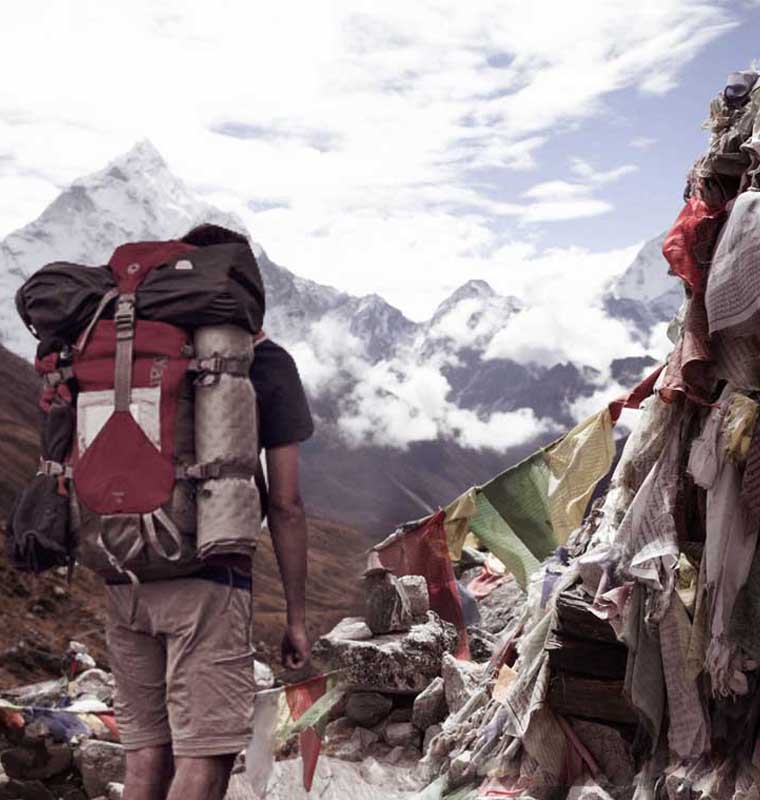History of GHT - Great Himalaya Trail

History of the Great Himalaya Trail is related to the countries that have barter system culture in the centuries back. At that time trading was more about traveling across the Himalayas for the exchange of goods like salt, wool, grains, gems, gold, wood, and even livestock. Dokpa, the yak herders of Tibet migrate from one place to another to feed their cattle with better grass and for trading with the low land farmers. Tibetan nomads used to cross the borders of Nepal and India until 1962, when the frontiers were sealed.
The international traders traveled from east to west on foot for months using horses and donkeys to make their journey easier. Many caravans faced challenges like not finding the right trail and even a language. To avoid the never-ending Himalayan trail they tried to find the easier and shorter route by researching and visiting remote areas of different communities.
In the seventeenth-century Father Antonio Andrade, the first European Jesuit missionary who crossed the Himalaya through India to western Tibet of Guge Kingdom. During that time they found the warm hospitality of Tibetan people which still exists in present Tibet. Later in 1812, William Moorcroft began his Himalayan journey to Tibet in the quest for Tibetan goats to trade Cashmere. During the late eighteenth century, many mountaineers and explorers reached Himalaya such as William Woodman, Sir Martin Conway, and Douglas William. William Woodman led the first pure mountaineering expedition to Himalaya. He climbed the Kabru peak (7,338m) within 3 days but the summit record remains a question to date.
During the British Mount Everest Expedition in 1924, Mallory and Irvine disappeared and became mysterious to all. Since many expeditions were held to a search of lost mountaineers, and finally on 29th May 1953, Sir Edmund Hillary and Tenzing Norgay became the first mountaineers to summit the world’s highest peak, Mount Everest.
GHT was walked for the first time in 2008 and 2009 by a team led by Robin Boustead in 162 days. Since the Great Himalaya Trail (GHT) became popular worldwide. The first commercial trip ran from February through August of 2011 and was completed successfully in 157 days. Only a small handful of guiding companies market the GHT, and only two have completed the trail in its entirety. In 2012 Apa Sherpa led his first expedition to Great Himalaya Trail. He and his friend completed GHT in a total of 99 days, the toughest trek in the world.
The proposed trail of GHT is to cover the routes of all the 8 thousand meter mountains that are located in South Asian countries like Nepal, India, Bhutan, Tibet, and Pakistan. So, in the future GHT route will cover 4,500 kilometers and remain the longest altitude trekking trail in the world. Robin Boustead, a pro trekker, and guidebook writer is currently working on his GHT project and completed only the Nepal and Bhutan section in 2015 after 25 years of his Himalayan experience.